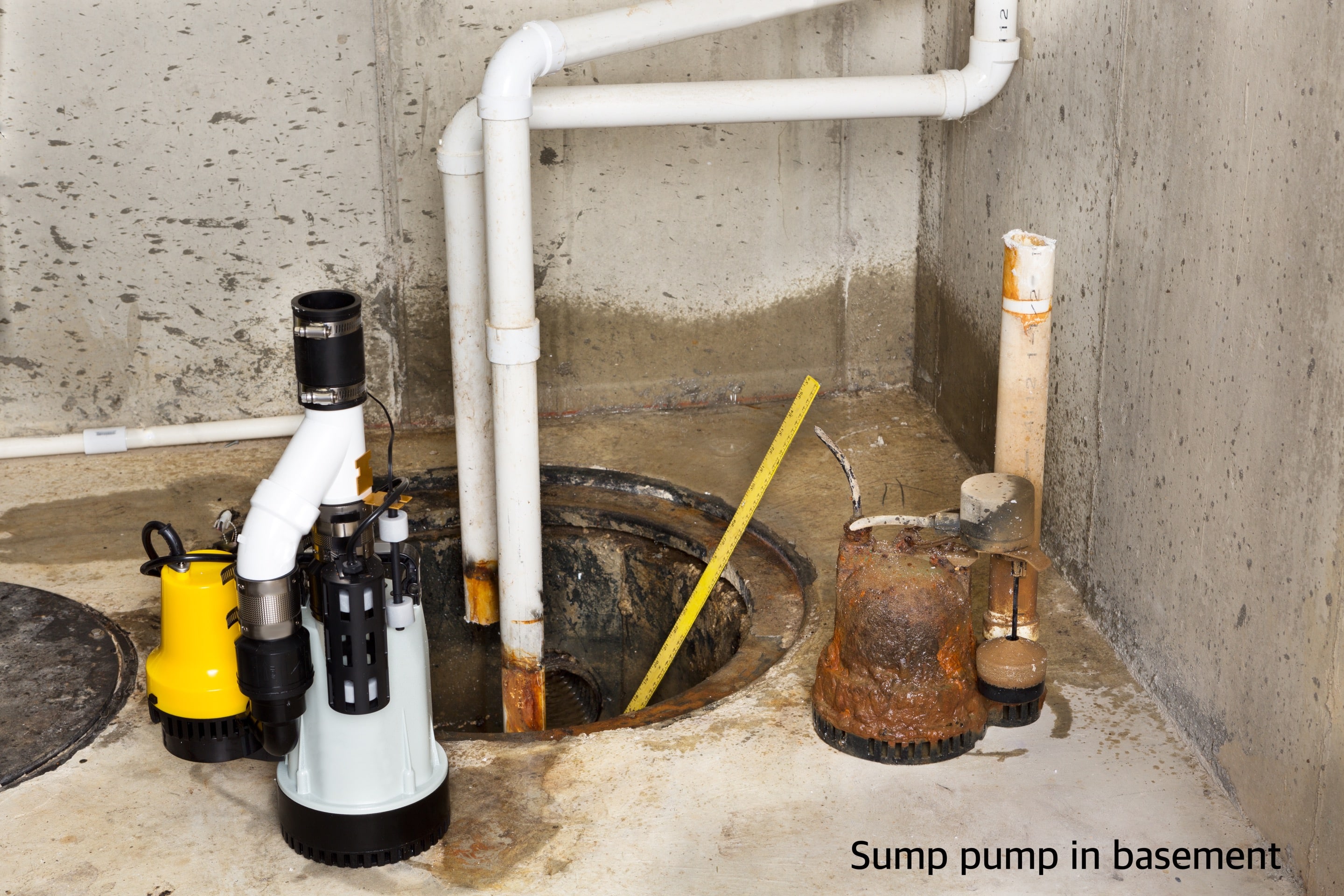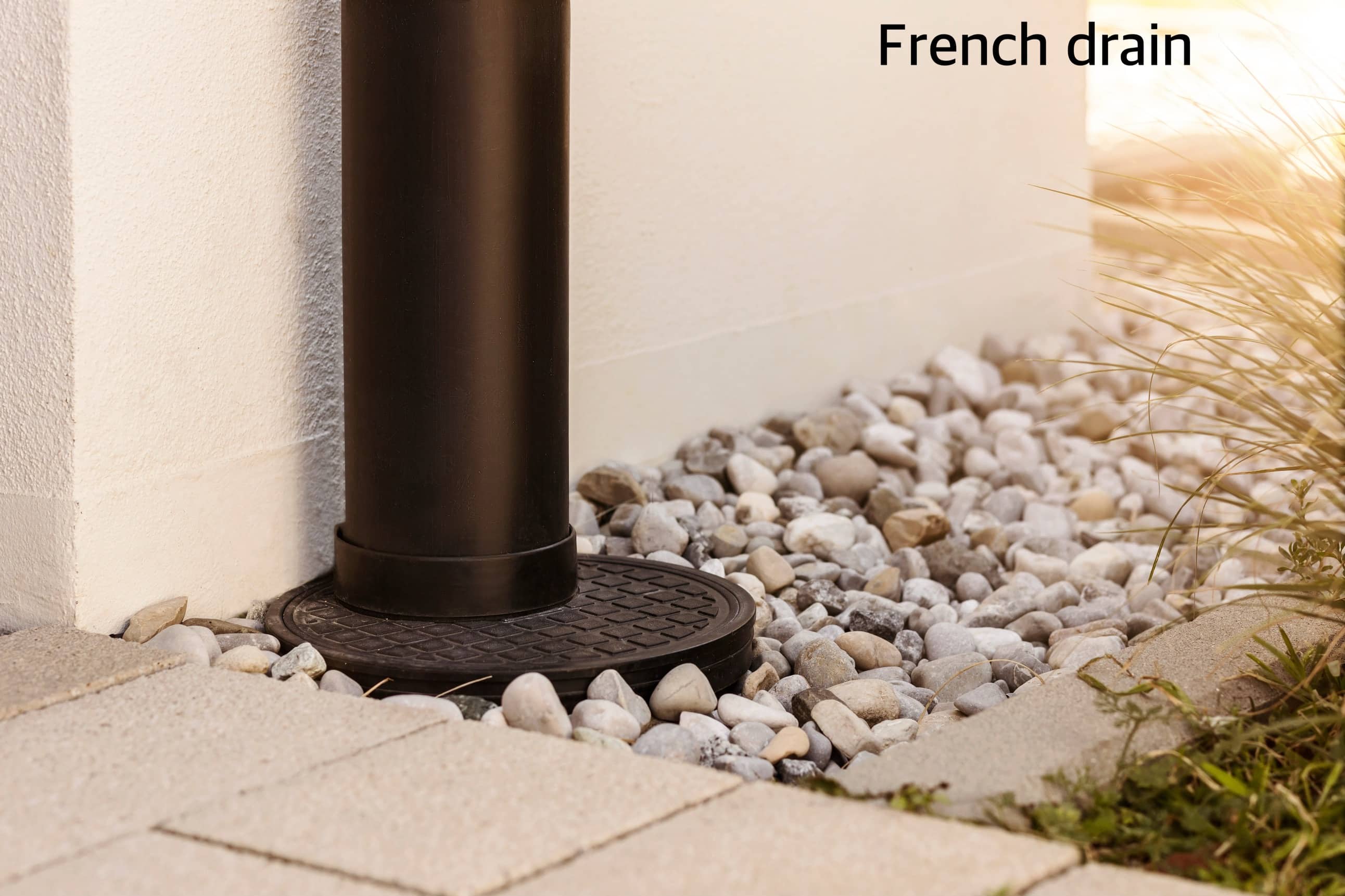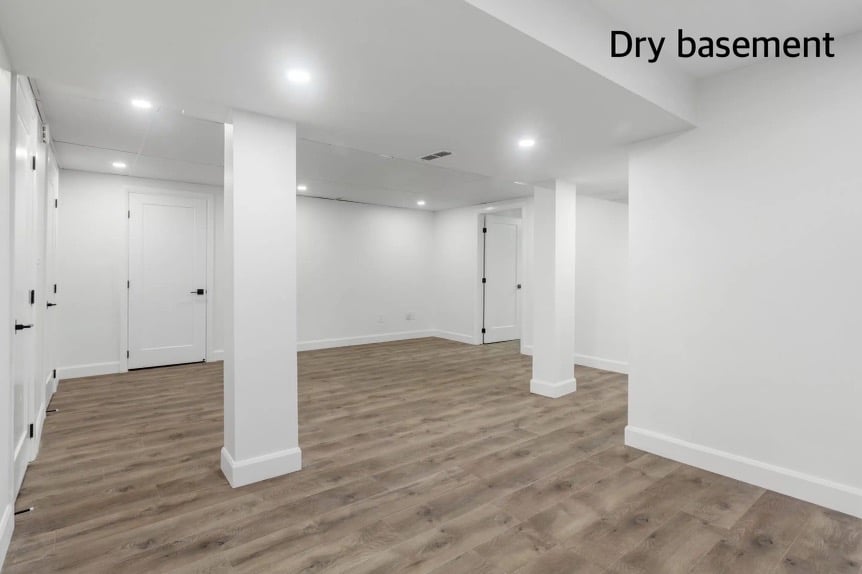
For many homeowners, the basement is a space of opportunity: an additional room, a storage area, or even a finished basement turned cozy living space. But for others, the basement can become a giant petri dish of water seepage and unhealthy molds, often leading to expensive water damage. If your house falls into the latter category, the problem may be an inadequate or absent basement drainage system.
Why Do I Need a Basement Drainage System?
Water can be a basement’s worst enemy. Hydrostatic pressure can build up when there’s excess water in the soil surrounding your home’s foundation. Add to that the surface water flowing against your basement walls, especially after a heavy downpour, and you’re looking at the potential for a wet basement. With enough pressure, water can find its way through hollow cavities in block walls or even seep through a mortar joint, turning your beautiful finished basement floor into a soggy mess.
A proper basement drainage system ensures that water doesn’t have a chance to settle on your basement floor or against your basement walls. Such a system channels water away, keeping your basement dry and protecting the house from water damage.
The Components of an Effective Basement Drainage System
1. Interior Drain Systems:
Installed just below your basement floor, interior drain systems capture water before it seeps onto your floor. These systems typically involve a drain pipe and may integrate with your basement floor drains. The system diverts water away, usually to a sump pump.
2. Sump Pumps:
A crucial part of many drainage systems, sump pumps collect water and actively pump it away from your house. Submersible sump pumps and pedestal sump pumps are popular choices. It’s essential to have backup options for power outages to ensure water doesn’t build up when the primary pump isn’t functioning.

4. Exterior Drain Tiles:
Installed outside your home, around the foundation walls, these are similar to French drains but are specifically designed to protect your basement from outside water.
3. French Drains:
Also known as curtain drains, these are trenches filled with gravel that contain a perforated pipe. They capture water and direct it away from your foundation walls, making them a go-to option for exterior drainage systems.

5. Basement Floor Drains:
Positioned strategically across your basement floor, these drains capture any standing water, directing it into your drainage system.
Considerations When Installing a Basement Drainage System
1. Soil Type:
The type of soil around your house can impact how quickly water drains. Clay soils, for instance, don’t drain as quickly as sandy soils.
2. Existing Water Issues:
If you’ve already experienced water damage or have a wet basement, you’ll need to address these issues, possibly with basement waterproofing solutions, before or alongside the installation of your drain system.

4. Maintenance:
Every system needs maintenance. Whether it’s cleaning out basement floor drains or testing your sump pump system, regular checks will keep your system running smoothly.
3. Cost:
While some homeowners might balk at the initial expense, it’s essential to view a basement drainage system as an investment. It can prevent more costly repairs down the line and even boost the value of your home by ensuring a dry basement. Click here to learn more about the cost of basement waterproofing.

A basement is more than just a space below your house; it’s an integral part of your home. By ensuring you have an effective basement drainage system in place, you protect this valuable space from water damage, turning a potential problem into a dry, usable space. Whether you’re looking to install a French drain, interior drain system, or a combination of solutions, prioritizing your basement’s drainage needs will lead to a happier, drier home environment.

